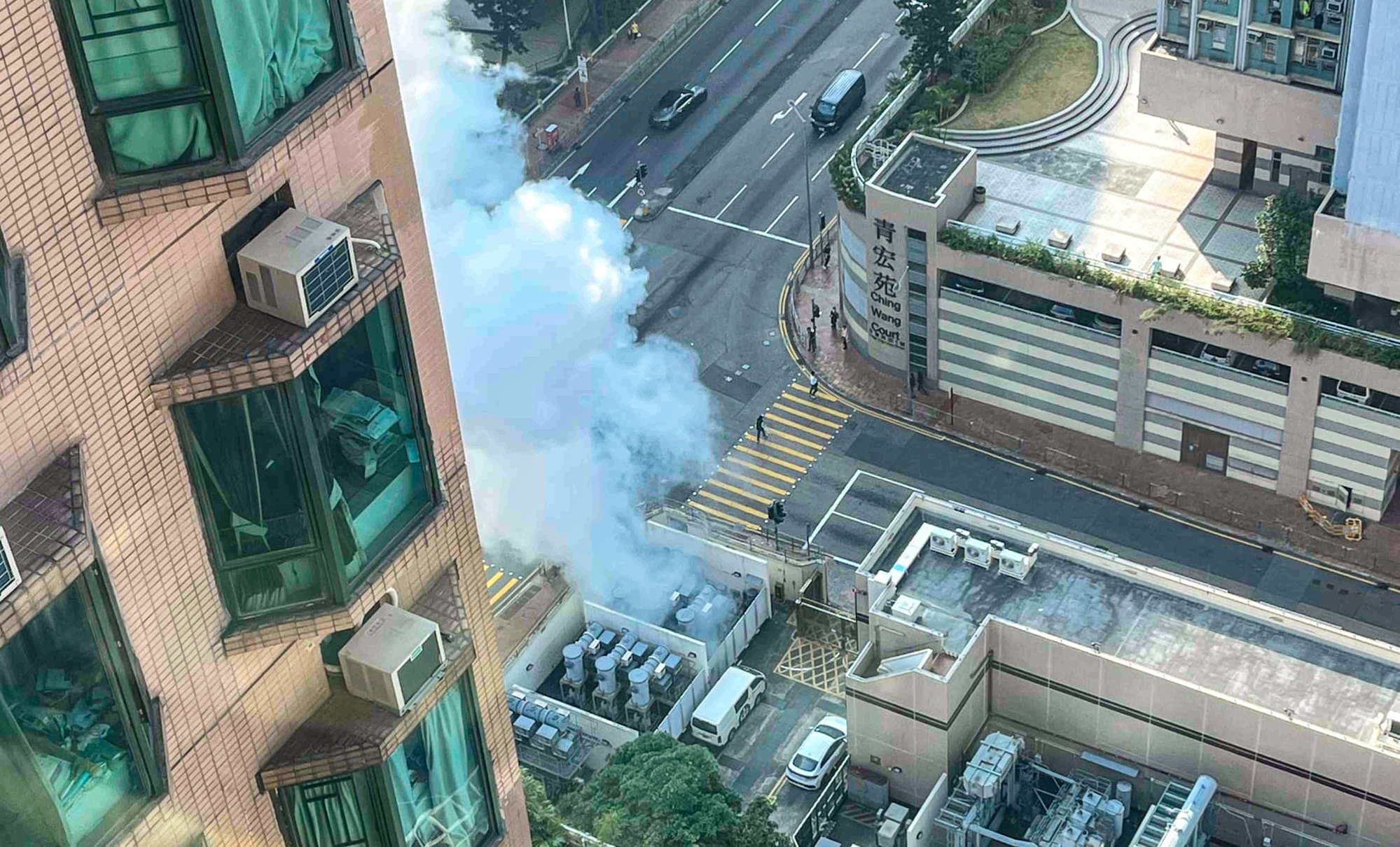
2 Hong Kong electricity outages in Tsing Yi in space of week caused by degradation of parts, CLP Power says
- CLP has submitted two reports to the Electrical and Mechanical Services Department over the past week over the incidents, firm says
- Company will learn from experience and implement practical measures to minimise the likelihood of power incidents, spokesman adds
A company spokesman on Saturday said CLP had submitted two reports to the Electrical and Mechanical Services Department over the past week detailing its findings on the causes of the two outages which occurred within a week.
Secretary for Environment and Ecology Tse Chin-wan earlier expressed his “great disappointment” to the firm’s managing director, Joseph Law Ka-chun, over the incidents.
Hong Kong’s CLP told to complete inspections this month after 2 power problems
“CLP Power will learn from this experience and implement practical measures to minimise the likelihood of power incidents,” the spokesman said.
The company apologised to affected customers.
The first incident, involving a voltage dip at Nga Ying Chau Street substation on New Year’s Day, was found to have been caused by degradation of insulation material inside a faulty sealing end of a 132kV cable.
The fault resulted in a short circuit, triggering an automatic protection system that caused a power outage.

The Fire Services Department said it had received at least 20 reports of people trapped in lifts between 3.13pm and 3.55pm in Kwai Chung, Tsuen Wan, Tsing Yi, Ma On Shan and Sha Tin.
The second incident, a partial power supply interruption at On Mei House in Cheung On Estate on January 7, was the result of a faulty cable joint in an 11kV underground cable. The fault arose from the joint’s deteriorated waterproofing capabilities, allowing moisture to seep into its inner part, the firm said.
The interruption affected 388 customers for almost 1½ hours from 9.38am. CLP Power said it had replaced the faulty joint the same day.
Hong Kong minister expresses disappointment to CLP Power chief over repeat outage
The spokesman said CLP had boosted its checks on equipment in Tsing Yi and inspected the same type of cable sealing ends and cable joints in other districts.
“To further improve the processes, CLP Power will work with an independent industry consultant to review the maintenance arrangements of the transmission and distribution system,” the spokesman said.
CLP added it would also strengthen communications with property management companies and community leaders to improve the response in future incidents.
Following submission of the reports, the Environment and Ecology Bureau would be due to look into how the government could strengthen supervision to improve utility companies’ performance.
Lawmaker Chan Siu-hung, a retired electrical engineer and a senior adviser to CLP Power’s parent company, CLP Holdings, told the Post that to his knowledge, the faulty components in the two incidents would not be considered old.
“When we talk about old parts we are talking about ones in use for 50 to 60 years. My estimation is that they have been used for around 20 to 30 years,” Chan said.
Voltage dip in Hong Kong traps 20 people in lifts, sets off fire alarms
He said he suspected that, excluding the possibility of external damage, the components might have been slightly defective from the manufacturing stage, with prolonged use exacerbating the faults.
“The use of words such as ‘deteriorate’ and ‘degrade’ usually means there were defects in the component when delivered from the manufacturer, but they weren’t picked up during the installation process and passed all commissioning tests,” Chan said.
“But as the equipment was used for a long period, the defect would develop to the point of a breakdown on the day [of the incident].”
Hong Kong’s reputation marred by power outages
He urged CLP Power to conduct checks on all parts of the same model and purchasing date to weed out potential defects, evaluate its regular maintenance programme and adopt newer technologies to identify possible faults.
Independent electrical engineer Ho Wing-yip questioned why the components at the centre of the two incidents had malfunctioned and whether CLP Power had carried out thorough checks during routine repairs and maintenance.
He urged CLP Power to further address these questions.

